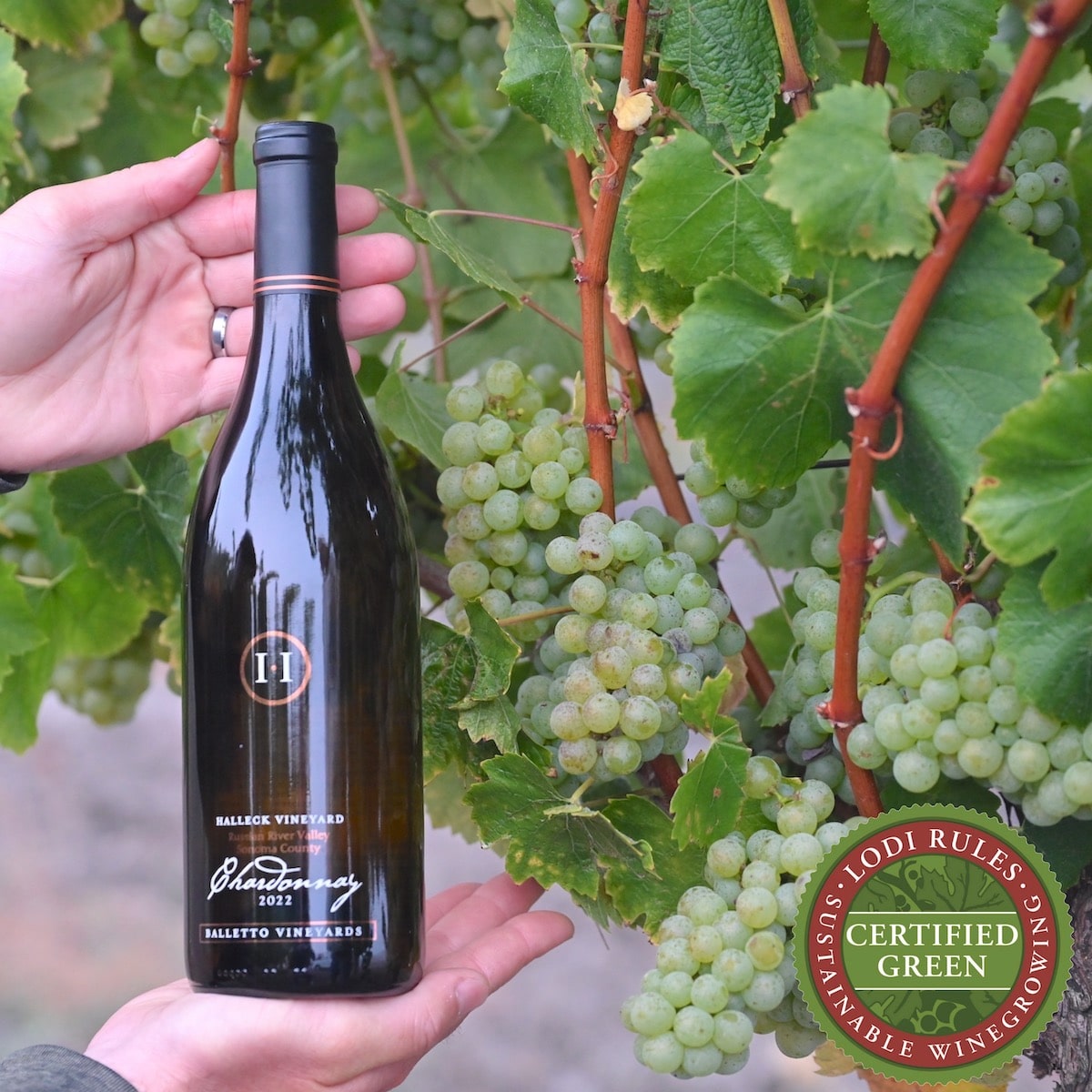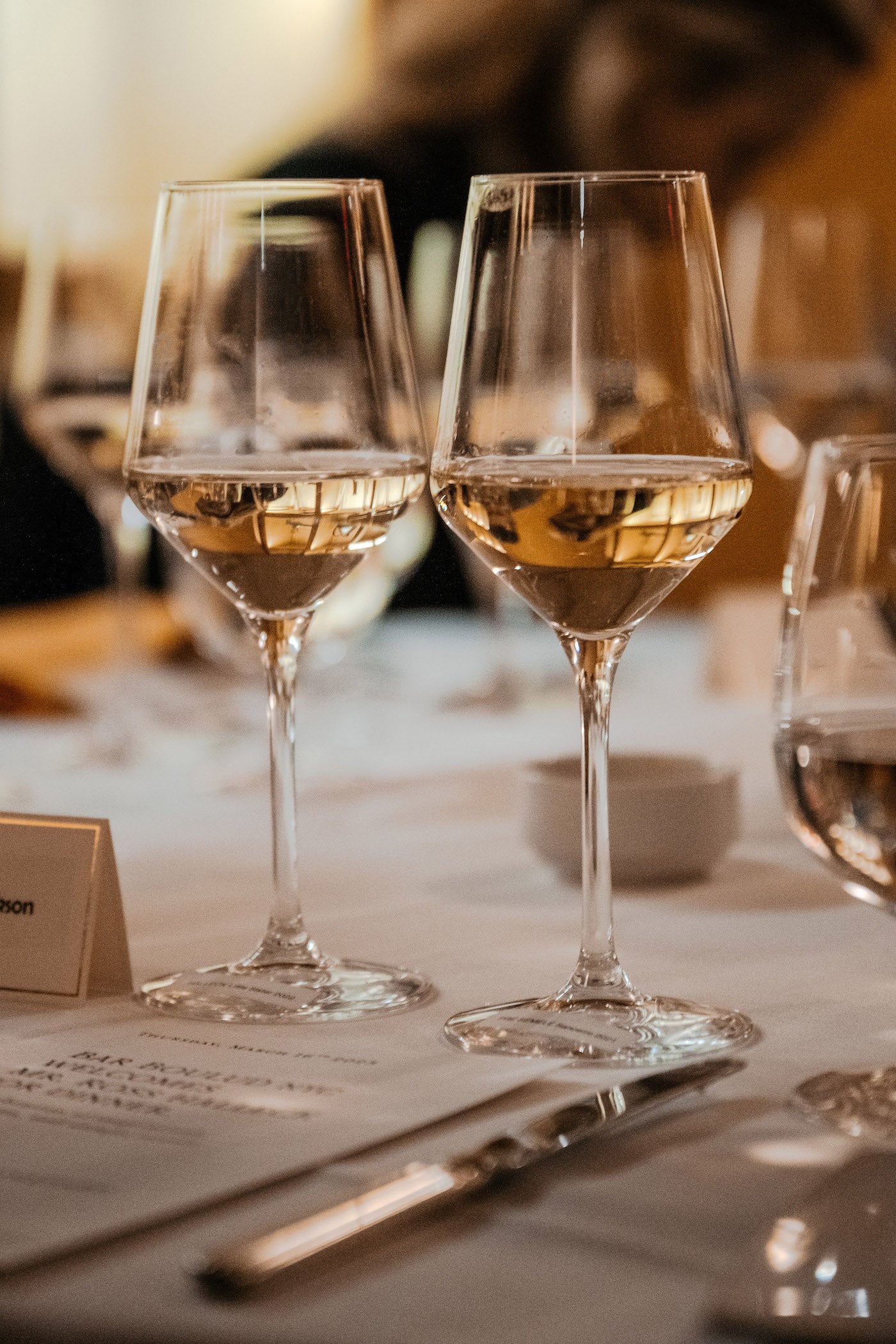Intimate Wine Tasting Experiences In Sonoma - Vineyards In The Sonoma Region
Eco-Friendly Wineries In Sonoma County - Enjoying A Vineyard In Sonoma
Wine tasting is an art that mixes sensory experience with an appreciation for the nuances of different varietals. How to judge flavors in winery wine tasting periods is pivotal to grasping the complexities of wine.
Engaging in a wine tasting entails greater than merely sipping and savoring. It requires a centered method to identify aromas and flavors that every wine presents. As you start, observe the wine's look, noting its color and readability. These visual cues often suggest a wine’s age, grape selection, and even potential flavor profiles.
The subsequent step within the tasting process is to swirl the wine in your glass. This motion releases fragrant compounds which are very important for evaluation. Lean in and take a moment to inhale deeply; the aromas can range from floral and fruity to spicy and earthy. The nose of the wine is just as essential as the palate, and recognizing scents plays a major role in understanding the general experience.
When taking your first sip, allow the wine to move across your palate - Intimate Wine Tasting Experiences In Sonoma. Discover the preliminary flavors that present themselves. Is the wine fruity, floral, or perhaps herbaceous? This initial style offers perception into what the wine is more doubtless to express as you proceed to gauge it. The mouthfeel also contributes to the general flavor experience; it may be silky, tannic, and even effervescent.
Sonoma's Top Sparkling Wine Producers - Sonoma Wineries With Vineyard Views
As you continue tasting, pay consideration to the wine’s steadiness. A well-balanced wine will harmonize acidity, sweetness, and tannins. If one element overwhelms the others, it would point out a much less fascinating high quality. Evaluating stability can help you establish how well the wine might pair with food.
Transitioning to the finish, contemplate how the flavors evolve because the wine lingers in your palate. A lengthy, nice end can indicate a high-quality wine, whereas a brief or abrupt finish may suggest otherwise. Replicate on whether the flavors stay consistent or if new notes emerge because the wine settles. This progression can reveal complexities and intricacies that might not have been obvious within the initial tasting.
Temperature can additionally be a crucial consider evaluating wine flavors. Completely Different kinds of wine are optimally loved at particular temperatures. White wines usually shine when chilled, whereas pink wines generally perform greatest at room temperature. When tasting, ensure the wine is on the applicable temperature to totally recognize its character.
Wineries Hosting Seasonal Events - Enjoying Wine In Sebastopol
Pairing food with wine can greatly improve the tasting experience. Foods can influence the perception of flavors in wine, both highlighting sure characteristics or diminishing them. When evaluating flavors, consider how the wine interacts with totally different foods, noticing which flavors are amplified or muted (Wineries Known For Their Beautiful Gardens).

Contemplate the influence of terroir as you have interaction in a winery tasting. Terroir encompasses the unique environmental factors that affect grape rising, including soil composition, local weather, and geography. Understanding a wine's terroir can present insight into its flavors and aromas, fostering a deeper appreciation for the choices made during its cultivation and production.
Schooling plays a basic role in enhancing one's capability to judge wine flavors. Studying about grape varieties, wine regions, and production methods can pave the way for extra informed judgments throughout tastings. Moreover, attending workshops or classes can refine sensory skills and increase your flavor vocabulary, enabling you to articulate tasting notes extra effectively.
Finally, it's important to do not neglect that evaluating wine flavors is a highly personal experience. Particular Person preferences and perceptions will invariably form one’s tasting journey. Enjoyment should be at the forefront, with the analysis process acting as a software to boost understanding and appreciation quite than create inflexible tips.
Wineries Perfect For A Relaxing Afternoon - Sebastopol Vineyard Visits
In conclusion, mastering the method to evaluate flavors in winery wine tasting sessions includes a mixture of sensory engagement, data, and practice. By learning to determine aromas, assess the balance, and respect the intricacies of flavor, wine enthusiasts can deepen their connection to every bottle they encounter. As with any art form, the more one immerses themselves within the experience, the more they may uncover and enjoy the vast world of wine.
- Start by observing the wine's color and readability, as these visible parts can trace at its flavor profile and getting older potential.
- Swirl the wine gently in your glass; this releases aromatic compounds, permitting you to better establish the complicated scents related to the wine.
- Take a deep inhale before tasting, focusing on each main and secondary aromas to gather insights on fruits, spices, and other nuances.
- When tasting, allow the wine to coat your palate; note the preliminary flavors, the mid-palate complexity, and the end as these levels can provide completely different flavor highlights.
- Pay attention to texture and mouthfeel, as aspects corresponding to tannin ranges, acidity, and sweetness contribute significantly to the general tasting experience.
- Examine flavors in opposition to normal wine traits; for purple wines, think about berry notes, oak affect, and natural tones, while whites might include citrus, stone fruits, and floral hints.
- Take notes through the tasting session to track your impressions, helping you to recollect and evaluate the different wines sampled.
- Talk About your findings with fellow tasters or winery staff, as sharing insights can enhance understanding and appreciation of individual flavors.
- Enable time for the wine to breathe; sometimes, flavors evolve and reveal new dimensions after being exposed to air.
- Experiment with food pairings during the tasting as they can dramatically alter how flavors are perceived, influencing total enjoyment.undefinedWhat ought to I look for when evaluating the aroma of wine throughout a tasting?
Start by swirling the wine in your glass to launch its aromas. Bring the glass to your nostril and take a deep breath. Pay consideration to the first scents you detect, as these are sometimes probably the most prominent. Look for fruit, floral, natural, or earthy notes and attempt to establish specific characteristics, which will deepen find out here now your understanding of the wine's complexity.
Wineries Renowned For Cabernet Sauvignon In Sonoma - Iconic Wineries Of Sebastopol
How can I distinguish between completely different flavor profiles in wine?
Understand that flavor profiles are often categorized as fruit, floral, herbaceous, spicy, or mineral. Take small sips and permit the wine to coat your palate. Discover the first flavors that emerge first and the refined notes that comply with. This layering is crucial in distinguishing the wine's characteristics and will allow you to respect its unique profile.
Wineries Providing Guided Vineyard Walks - Sebastopol Vineyard Experiences
What is the significance of the wine's texture in a tasting?

The texture of the wine, also referred to as mouthfeel, performs an important function in how we perceive flavors. Pay consideration to whether the wine feels smooth, creamy, or gritty. The physique of the wine (light, medium, or full) can enhance or contrast with flavors, providing a more rounded experience throughout tasting.
How do I assess the stability of flavors in wine?
Stability in wine refers back to the concord between acidity, sweetness, tannin, and alcohol. Take a moment to assess whether or not these elements complement or intrude with one another. A well-balanced wine may have none of its components overpowering the others, creating a pleasing tasting experience.
Wineries In Green Valley - Wineries To Explore In Sonoma Valley
What position does temperature play in evaluating wine flavors?
Temperature can considerably impression the perception of flavors. Generally, purple wines are best served slightly below room temperature, while white wines benefit from being chilled. As the temperature modifications, the aromas and flavors can shift, permitting you to perceive different traits. It’s important to taste wine at its optimal temperature for true analysis.
Wineries With Artisan Chocolate Pairings In Sonoma - Wine Tasting Experiences In Sebastopol
How can I improve my tasting skills over time?
Practice is key to bettering your tasting skills. Interactive Wine Tasting Experiences In Sonoma. Attend tastings, maintain a journal of your experiences, and explore different varieties of wines to broaden your palate. Moreover, learning about wine manufacturing and grape varieties can present context that enhances your evaluation process, making you a extra informed taster.
Is there a specific order during which I ought to style the wines?
Artisan Wineries In Russian River Valley - Sonoma Wine Tasting Tour
Sure, it’s advisable to taste wines from light to full-bodied and dry to sweet. This progression prevents the stronger flavors from overshadowing the extra delicate ones, permitting you to totally recognize each wine's traits and nuances without palate fatigue.
How can I evaluate the aftertaste of wine?
Wineries Showcasing Local Art And Crafts - Sonoma Wineries With Vineyard Views
The aftertaste, or end, is a vital aspect of the wine-tasting experience. After swallowing, take note of how long the flavors linger in your palate and whether they change. A lengthy, pleasant end is often an indicator of a high-quality wine, whereas a short or disagreeable end might suggest in any other case.
Why is it necessary to note the wine’s acidity throughout tasting?
Acidity contributes to the overall freshness and construction of the wine. Pay attention to the tingling sensation on your tongue; larger acidity can enhance the wine's liveliness and stability out sweetness. Noting acidity helps decide the wine's versatility with food and its growing older potential.
What ought to I do if I battle to identify specific flavors in wine?
Innovative Wine-Making Techniques In Sonoma Valley - The Charm Of Sonoma Wineries
Struggling to determine flavors is common, especially for beginners. Focus on broader classes and describe what you probably can recognize, such as candy or earthy notes. With practice, reading about different flavor profiles, and maybe utilizing flavor wheels, find you will refine your senses and develop a more nuanced method to tasting.